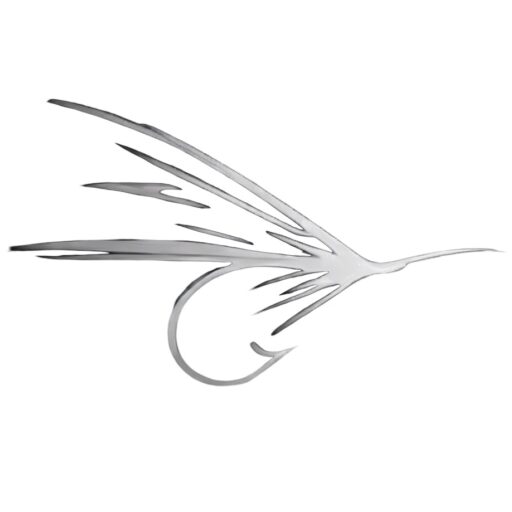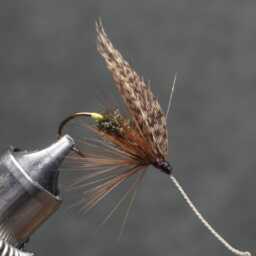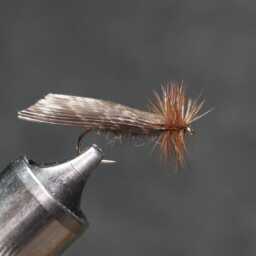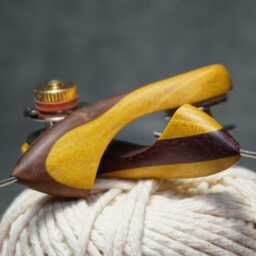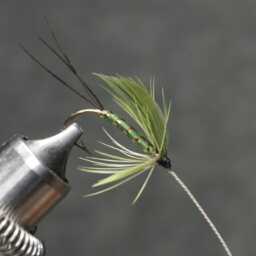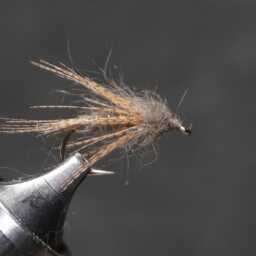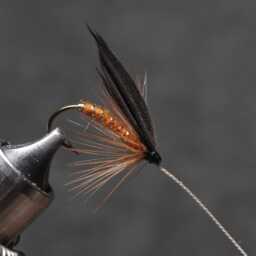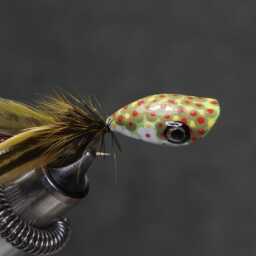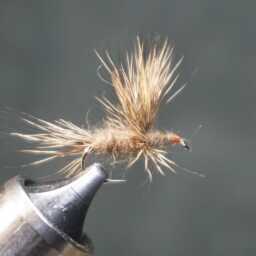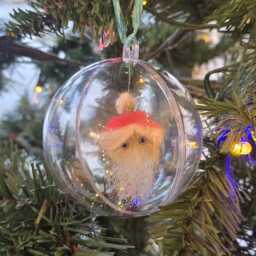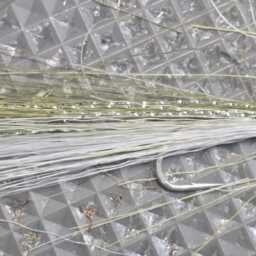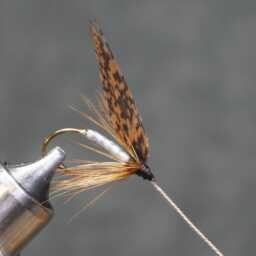Traditionally, feathers from the Asian Kingfisher have been utilized in both salmon and trout flies. For instance, Theakston incorporated the kingfisher blue feather as the hackle of his Heron Spinner. In salmon flies, kingfisher body and rump feathers are more commonly employed. While the use of kingfisher feathers predates the mention of Blue Chatterer in fly tying literature, Pryce-Tannatt suggests that kingfisher feathers serve as substitutes for Blue Chatterer Cotinga.
The Indian Kingfisher Full Skin can serve various purposes, including the Chatterer body, Black Ranger and Britannia cheeks, as well as Blue Baron and Kendle tails. Occasionally, blue kingfisher feathers are used as veiling in flies like the Blue Boyne, or as throats in flies such as Bo Peep. Specific dressing instructions for flies like the White Doctor and Blue Rover specify kingfisher feathers, not blue chatterer, for the side and cheeks. Other notable examples include the Jock Scott, the Butcher, and the Bushmill’s Warrior. Indian Kingfishers are fundamental in fly tying, contributing to many of the William Blacker salmon flies, such as the Shannon Series and numerous flies described in the 1842 and 1855 editions of the Art of Fly Making.
Kingfishers, belonging to the Alcedinidae family, are vibrant birds found worldwide, mainly in tropical regions. With 116 species divided into three subfamilies, they inhabit diverse environments, including deep forests near ponds and rivers. Despite the common association with fish, many species live away from water, preying on small invertebrates. They nest in cavities, exhibiting diverse nesting habits.
The African dwarf kingfisher is the smallest, while the giant kingfisher holds the title for Africa’s largest. The laughing kookaburra from Australia is the heaviest among them. The striking plumage of kingfishers, with prevalent green and blue hues, is a result of feather structure rather than pigments or iridescence.
Kingfishers feature long, dagger-like bills adapted to their prey. While fishing species have longer bills, those hunting off the ground have shorter, broader bills. They possess excellent vision, using head movements to track prey. In fly tying, feathers from the Chinese, Indian, or Asian Kingfisher are traditionally used. The Asian Kingfisher’s feathers are utilized in various fly patterns, such as salmon and trout flies, adding unique colors to creations like Theakston’s Heron Spinner or salmon flies.
The Indian Kingfisher Full Skin finds applications in Chatterer bodies, Black Ranger and Britannia cheeks, Blue Baron and Kendle tails, and more. Notably, kingfisher feathers are specified in certain fly patterns like the White Doctor and Blue Rover. They play a fundamental role in crafting William Blacker salmon flies, including those described in the 1842 and 1855 editions of the Art of Fly Making.
« Back to Glossary Index